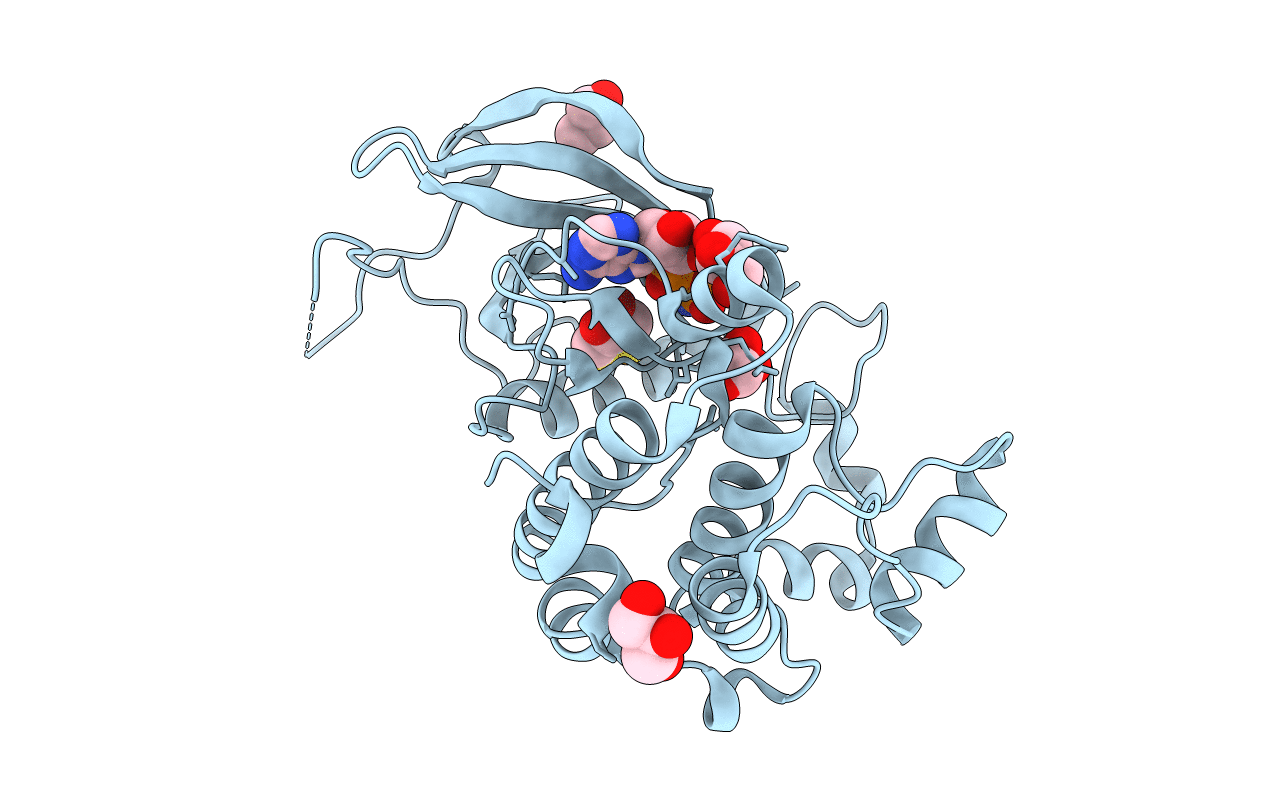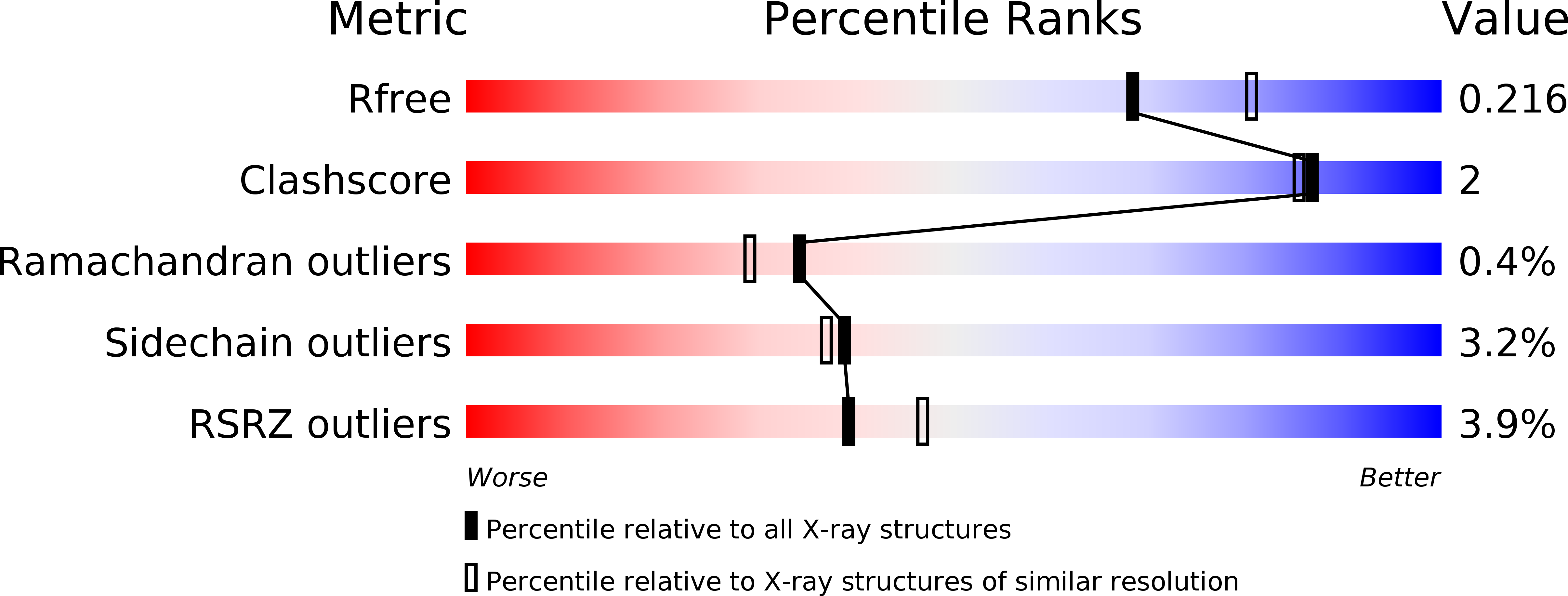
Deposition Date
2020-02-03
Release Date
2020-08-05
Last Version Date
2024-11-13
Entry Detail
PDB ID:
6VPH
Keywords:
Title:
TPX2 residues 7-20 fused to Aurora A residues 116-389 modified with cacodylate and in complex with AMP-PNP
Biological Source:
Source Organism:
Homo sapiens (Taxon ID: 9606)
Host Organism:
Method Details:
Experimental Method:
Resolution:
2.14 Å
R-Value Free:
0.21
R-Value Work:
0.18
R-Value Observed:
0.18
Space Group:
P 61 2 2


